How to choose the best Wi-Fi router
Make sense of all that networking jargon.
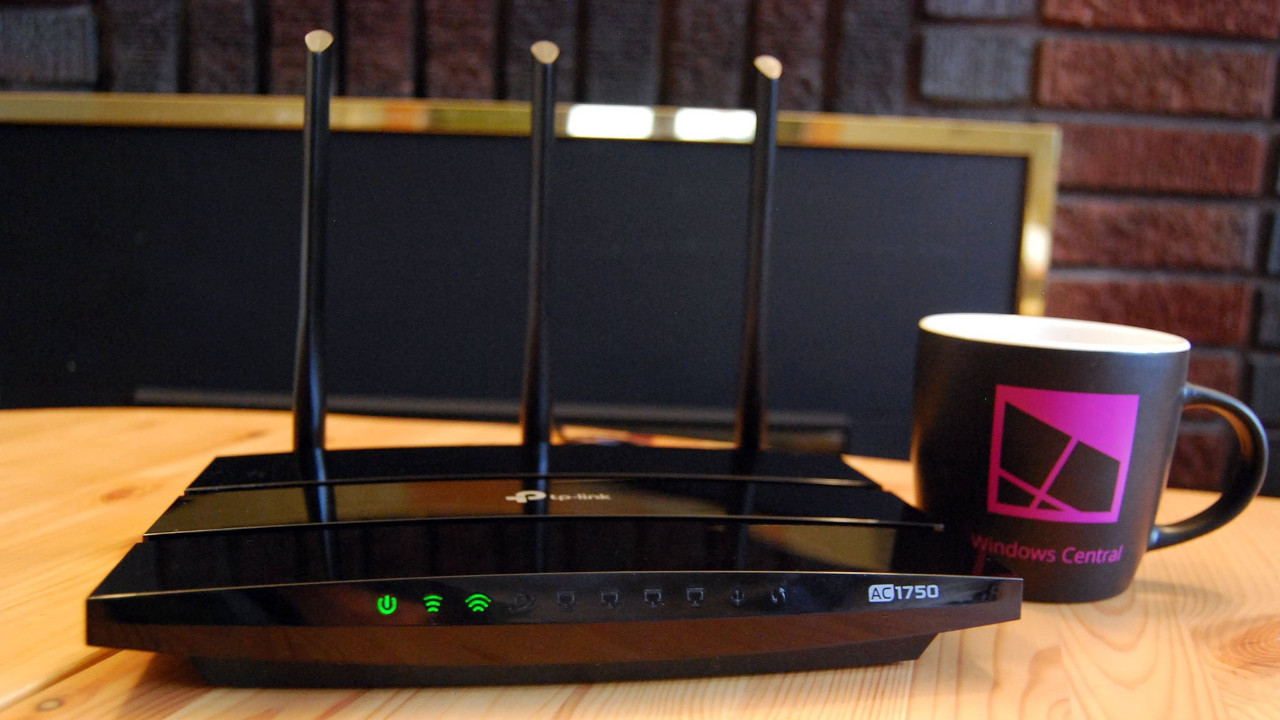
How do I choose a Wi-Fi router?
Best answer: An affordable Wi-Fi 6 (802.11ax) or previous-generation Wi-Fi 5 (802.11ac) router with a broad wireless range will be ideal for most homes. Wi-Fi 6E routers are still relatively new, so early adopters won't see the benefits unless they have cutting-edge technology, and most networking jargon won't affect a novice user in general.
Why shop for a specific router?
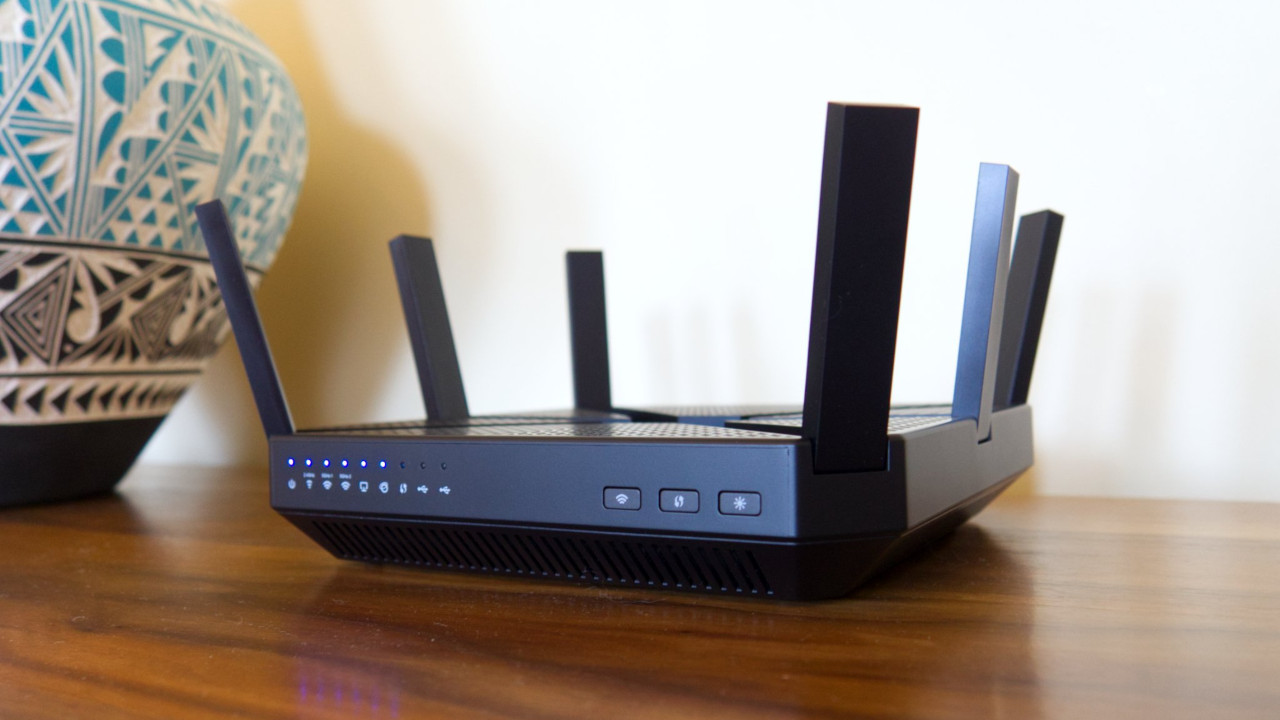
Because of its essential role in a connected home, choosing the best Wi-Fi router is becoming more critical than ever. Many internet service providers (ISP) will supply you with a complementary wireless router — often coupled with a cable or DSL modem — and some might assume it's as good as it gets. It connects your devices to the internet, so why worry?
In some cases, the router provided by your ISP will serve you well, and you'll be satisfied with what you have, especially if it's loaned to you as part of the subscription package. For years I lived in a small, open place that quickly picked up my few devices with a single antenna, and when I needed to hit top speed, I used an Ethernet cable.
If, however, you have to rent a router from your ISP, or if it's outdated compared to the devices you're using in your home, you can likely take advantage of an upgrade.
A shoddy router will become even more apparent now that many can work from home due to the recent pandemic and a general shift in working environments. Reliable home networking is now more of a necessity than a family convenience.
What are the different types of Wi-Fi?
Wi-Fi uses a global standard so that devices can connect without issue, and manufacturers must meet some specifications. That standard is known as 802.11, and the letters a, b, g, n, ac, and the new ax that follow it designate the version. The versions are backward compatible, but connecting to an earlier version means your device will be capped at a slower speed.
With the release of the Wi-Fi 6/6E 802.11ax standard, a new naming method has emerged to help differentiate the older versions of Wi-Fi. They are now designated as follows:
- 802.11b is now Wi-Fi 1
- 802.11a is now Wi-Fi 2
- 802.11g is now Wi-Fi 3
- 802.11n is now Wi-Fi 4
- 802.11ac is now Wi-Fi 5
- 802.11ax is now Wi-Fi 6
What exactly are Wi-Fi 6 and 6E?
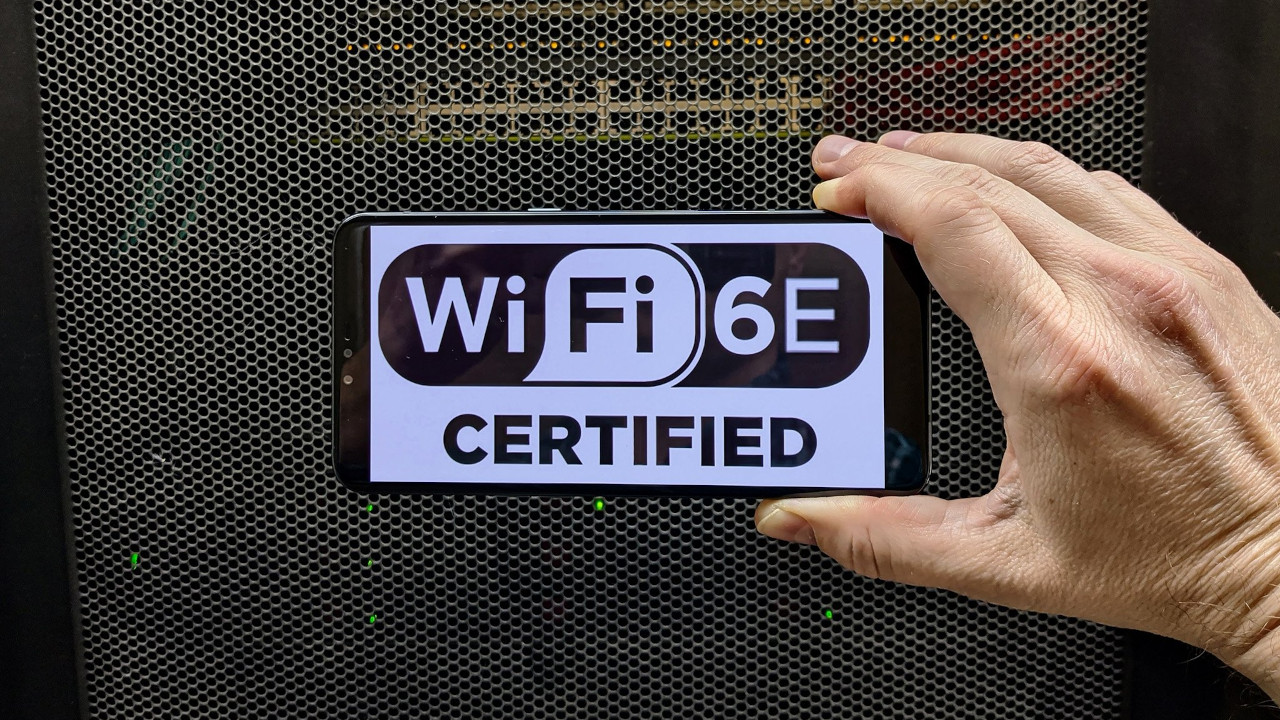
Wi-Fi has not stopped evolving, and AX is currently the latest version, though N- and AC-version devices and routers are still relevant and quite common. Buying a new 802.11n router generally doesn't make as much sense, at least as an 802.11ac or Wi-Fi 5 router, primarily because of how much they've dropped in price.
Get the Windows Central Newsletter
All the latest news, reviews, and guides for Windows and Xbox diehards.
Routers like the TP-Link Archer GX90 adopted the 802.11ax standard (Wi-Fi 6), and it's wise to look to the future. Wi-Fi 6 has significant benefits over the older Wi-Fi 5 (802.11ac). Wi-Fi 6E expands the latest standard with a tri-band setup involving a 6GHz band on top of the usual 2.4GHz and 5GHz, reducing wireless traffic congestion.
Wi-Fi 6E still uses the Wi-Fi 6 802.11ax antenna tech, and there aren't a lot of devices out there fully supporting it yet. The Wi-Fi Alliance (the standards body that oversees Wi-Fi technology) lists these four key benefits of Wi-Fi 6:
- Faster overall transfer speeds to and from devices
- More capacity for connected devices
- Better performance with many connected devices
- Less device battery drain when connected
Wi-Fi 6 is much better cut out for handling traffic from large crowds, and it can handle a much higher theoretical speed up to about 9.6Gbps (about three times the current theoretical limit of Wi-Fi 5). As people move to high-resolution streaming, intensive gaming, and many more connected devices, Wi-Fi 6E will show even more benefits.
If you're interested in future-proofing your Wi-Fi network and already have some Wi-Fi 6E devices that can connect to a shiny new router, check out our roundup of the best Wi-Fi 6E routers. If you don't have anything in your home that can use it to its fullest, then consider sticking with a cheaper Wi-Fi 6 alternative.
Dual-band, Tri-band, what's the difference?
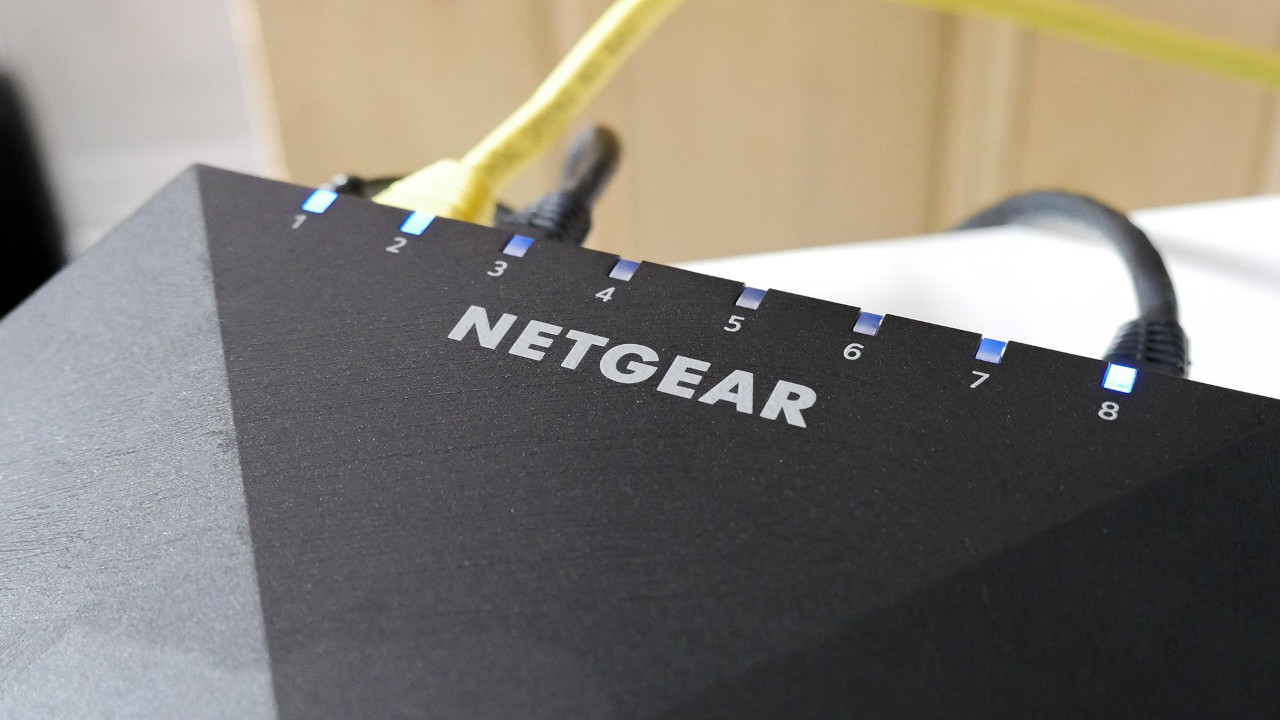
Wireless communication happens over radios (also called bands), which can be seen as roads that your data travels along. While routers up to and including 802.11g operated solely on the 2.4GHz band, support for 5GHz bands was added in 802.11n and carried over to 802.11ac and 802.11ax with 6GHz on Wi-Fi 6E. Why? The 2.4GHz band was becoming crowded, leading to a rush-hour scenario where traffic was getting jammed up.
Devices that can use only the 2.4GHz radio are called single-band devices, while dual-band devices can use the 2.4GHz and 5GHz radios. Whereas the lower-frequency radio has a lower speed limit and is more narrow, the 5GHz and 6GHz bands are much wider and have a much higher speed limit.
There are drawbacks to the 5GHz and 6GHz bands. Higher frequencies mean the signal loses more strength as it deals with walls, furniture, and other obstacles. However, modern routers have a feature called beamforming that will send a signal in the direction of a device rather than just spraying a signal in a sphere around it. Still, the increased speed and wider road mean it's perfect for streaming high-def video and gaming.
Typically, your router will be dual-band or tri-band. Dual-band routers have both a 2.4GHz band and a 5GHz band, and Tri-band routers add a second 5GHz or a 6GHz band. More than one band frees up congestion from your devices and prioritizes them based on the band's distance from them.
Does internet speed matter?
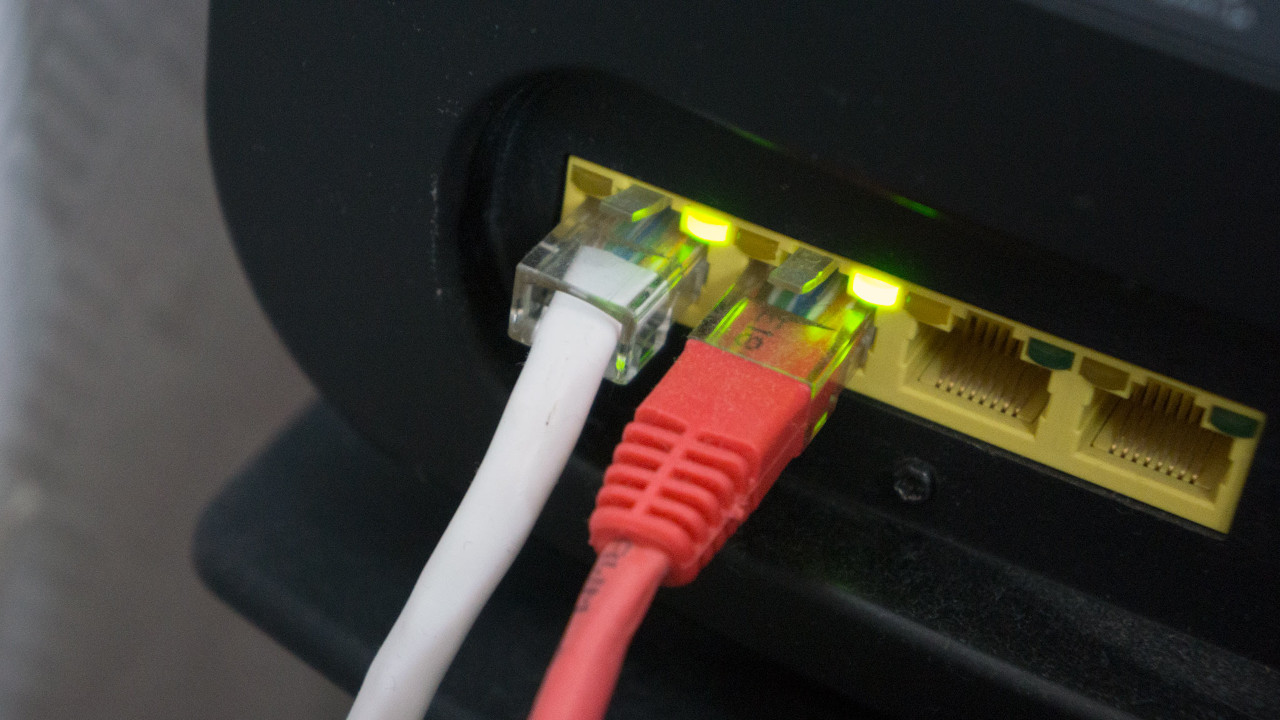
Each Wi-Fi standard contains classifications that determine the actual performance you'll get. You might see a router advertising a line rate of AC1200 or AX6000, but that doesn't mean you're getting a top speed of 1,200Mbps or 6,000Mbps. This number is a combination of speeds from all available bands. For example, an AC1200 router will likely have a 2.4GHz band with a top speed of 300Mbps and a 5GHz band with a top speed of 867Mbps (rounded up to the nearest hundred).
Even these speeds are theoretical, and in real-world testing, you likely won't get anywhere near that number. Likewise, if you see a Wi-Fi 5 router labeled with something like AC5000, it's not magically hitting 5,000Mbps. Instead, you're getting a single 600Mbps 2.4GHz band and two 2,166Mbps 5GHz bands.
In the case of an AX6000 Wi-Fi 6 router, which can triple speeds on the radios, you're looking at theoretical speeds up to 1.2Gbps on the 2.4GHz radio and 4.8Gbps on the 5GHz radio. So, stepping out and buying the biggest, most expensive router might be tempting, but paying for something you don't need will be more of a letdown.
For example, if you're paying for a 50Mbps internet plan from your ISP and you live in a one-bedroom apartment, it doesn't make much sense to buy an AC5000 router with eight antennas. Your internet can only be as fast as the slowest point in the connection, which in this case, is likely what your ISP provides.
How much area do you need to cover?

Living in a large home can cause problems when it comes to serving Wi-Fi to all of your devices, especially when using the 5GHz band. For smaller apartments or homes, a single router with powerful antennas will no doubt get the job done, and it doesn't hurt to test things out before buying something too expensive. Reading reviews is a great way to get an idea of how much range a router has.
If you know you're going to have an issue covering an ample space and don't want to buy a single, large router, you can always look at mesh Wi-Fi kits. These systems work in unison to deliver Wi-Fi to a large area, often covering thousands of square feet of indoor space.
They're built to be as easy as possible to set up, and they're an increasingly popular choice even for smaller areas. We've rounded up the best mesh Wi-Fi 6 systems to help you buy what's suitable for your space.
How many devices are you connecting?

If you're living alone and have but a few devices that you would connect at once — a console, a phone, a laptop, a TV streaming device — you shouldn't have to worry about putting too much strain on your router. While you shouldn't ever hit a point where you can no longer connect devices (unless you're supplying internet for the entire block), the more connections you have at once will slow speeds.
If you have a router with a 2.4GHz band hitting a theoretical max of 300Mbps and have 10 devices connected at once, each device would only get an average of about 30Mbps. A high-end, dual-band router is your best bet for anyone in a crowded home with multiple devices connected at once. If your family can't stop streaming Netflix, a tri-band router with two 5GHz bands is something to consider.
On that note, pay attention to how many Ethernet ports a router has. Have lots of devices for which you want to provide a wired connection? Start counting. Likewise, check for USB ports if you plan to add an external drive or other network-enabled devices like printers to your home network.
What is MU-MIMO, and do you need it?
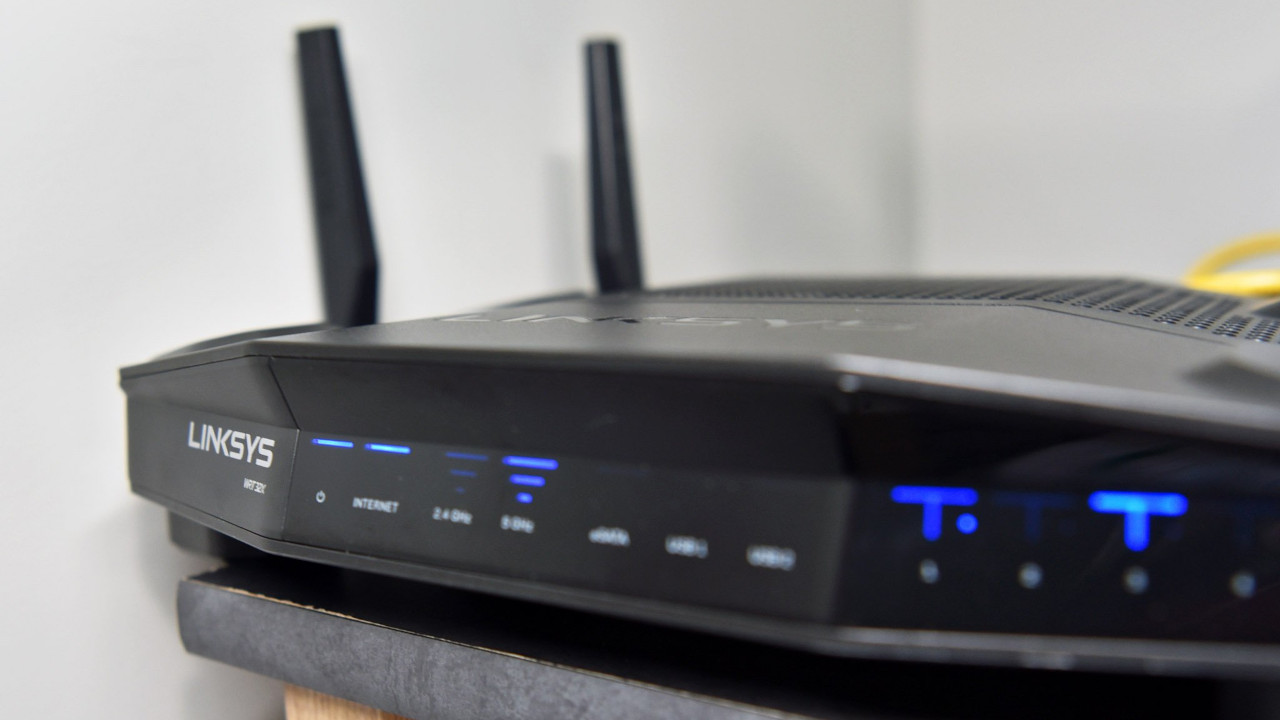
Most new routers have a multi-user, multiple-input, multiple-output (MU-MIMO) tech to complicate things with more networking jargon. Whereas more traditional single-user, multiple-input, multiple-output (SU-MIMO) tech delivers data to individual devices on a rotating basis, MU-MIMO allows for simultaneous data delivery.
SU-MIMO is fine for most purposes, and the rotating delivery happens so fast you usually won't notice. If, however, someone in the home is streaming video and you're trying to game online, MU-MIMO can come in handy by offering uninterrupted data flows to both devices.
If you're mainly using older devices, MU-MIMO won't be as important, but if you're constantly updating hardware, you'll no doubt be able to take full advantage of the feature.
How important are security features?

If you want to control everything that goes through your router entirely, go for one with advanced firmware and a decent firewall. Any additional features you may require, or advanced third-party firmware like DD-WRT (an open source operating system for routers) can provide those features.
If you are concerned about your children being exposed to inappropriate information on the internet, choosing a router with built-in parental controls can be helpful.
Some routers even let you allow and restrict internet access for your children based on time slots and offer guest access for your visitors so that you won't need to provide them with your primary Wi-Fi password.
How to choose the best Wi-Fi router for you
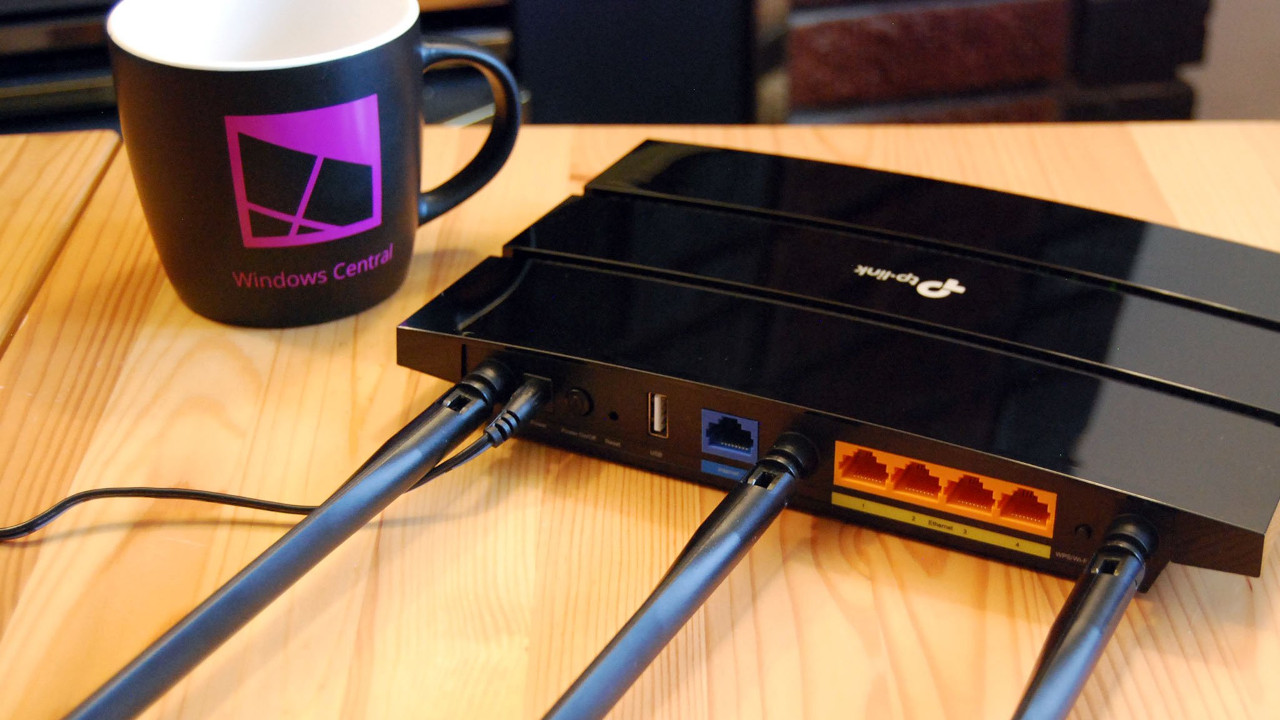
Now that we've thrown all these terms and acronyms at you let's do a bit of a recap. An 802.11ax (Wi-Fi 6/6E) router is your best bet for a future-proof connection, though an AC (Wi-Fi 5) router can be had for dirt cheap and is likely suitable if you aren't paying for a high-speed connection from your ISP. If you are paying for a high-speed connection, ensure you're investing in a router with multi-Gig Ethernet ports that can handle it. You want to extend that speed to all your devices, whether with a dual-band or a tri-band router.
Consider how much space you need to cover, and plan accordingly. Some high-end routers can tackle a pretty impressive chunk of real estate, but you might need to invest in a mesh Wi-Fi system to hit that bottom corner of the basement.
If you are in ample space, you might have a lot of people trying to connect their devices simultaneously. If this is the case, investing in a router with two 5GHz bands on Wi-Fi 6 or 6GHz on 6E isn't a bad idea, and going for something with a high speed might come in handy if you decide to upgrade your ISP's internet package in the future.
Finally, choose a router with the appropriate customization options. If you want to tweak a lot of settings, ensure it makes them available to you. If you'd instead just plug it in and not worry about it, you'll likely have a much easier time shopping.
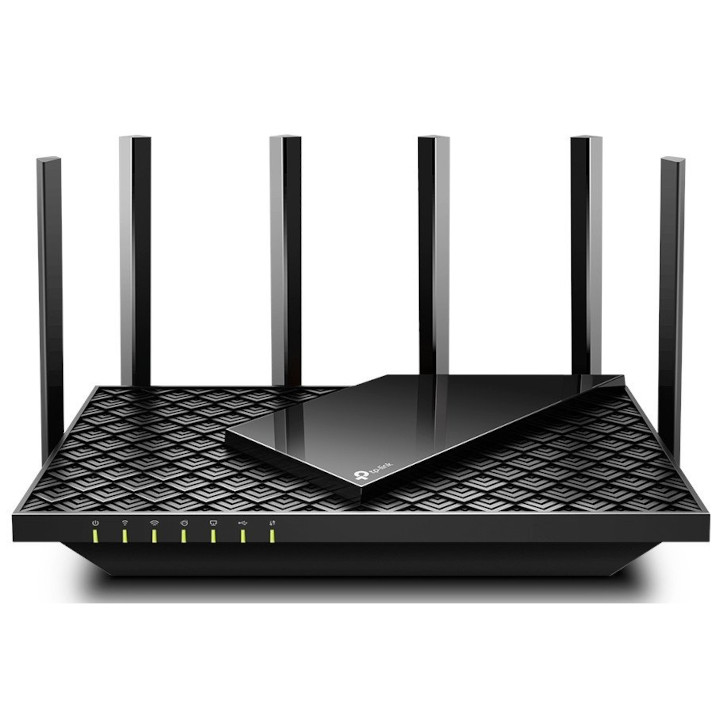
This dual-band Wi-Fi 6 router from TP-Link covers all the bases for modern wireless tech and tops our choice of best overall router. Featuring MU-MIMO and support for multi-Gig Internet speeds, it's perfect for practically any home network.

Cale Hunt brings to Windows Central more than eight years of experience writing about laptops, PCs, accessories, games, and beyond. If it runs Windows or in some way complements the hardware, there’s a good chance he knows about it, has written about it, or is already busy testing it.
- Ben WilsonSenior Editor
